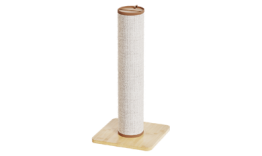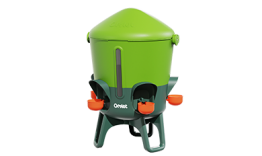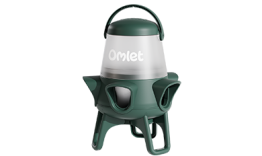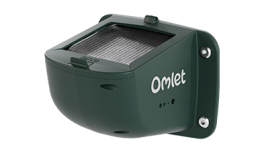How can we help?

Inquisitive minds think alike, which is why we've dedicated a page to guide you through your Omlet journey. From order inquiries and assembly instructions to expert pet advice and all other questions, we've got the answers - no matter the musing. For faster help, login to your Omlet account.
Order support
Product support, spares and manuals
Select your Omlet products to download instruction manuals, watch guided how-to-build videos, and order spare parts.
Need more help?
Knowledge base
Explore our knowledge base for expert advice, detailed product information, and answers to frequently asked questions to help you make informed decisions.
Autodoor Troubleshooter
Are you having technical challenges with your Autodoor? Please try our new trouble shooting tool which helps find the issue and resolve it quickly.
































